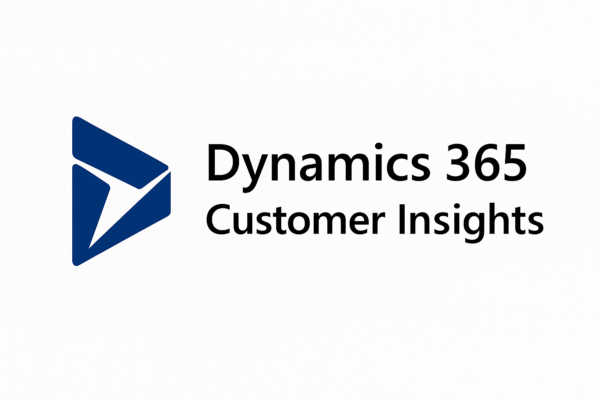Leveraging Power BI for Data-Driven Decision Making
In today’s data-centric world, the ability to analyze and interpret large volumes of information is crucial for making informed decisions. Microsoft Power BI, a leading business analytics service, offers tools that help transform data into actionable insights. This article explores how organizations can leverage Power BI to foster a data-driven culture and enhance decision-making processes.
Understanding Power BI
What is Power BI?
Power BI is a collection of software services, apps, and connectors that work together to turn unrelated sources of data into coherent, visually immersive, and interactive insights. Whether the data is in a simple Microsoft Excel workbook or a collection of cloud-based and on-premises hybrid data warehouses, Power BI lets you easily connect to your data sources, visualize what’s important, and share that with anyone you want.
Key Features of Power BI
- Robust Data Integration: Power BI can connect to a wide array of data sources, including traditional databases, online services, and custom APIs.
- Real-Time Analytics: It offers real-time dashboard updates, which means data and dashboards are always up to date.
- Advanced Data Visualization: Provides a variety of visualization tools to create compelling reports and dashboards.
- AI-Powered Insights: Uses artificial intelligence to identify patterns and insights that might not be immediately obvious.
Benefits of Power BI for Data-Driven Decision Making
Enhanced Data Accessibility and Sharing
Power BI democratizes access to data analytics, allowing users across the organization to generate and share insights in real time. With its cloud-based nature, reports and dashboards can be accessed from anywhere, promoting transparency and collaboration among teams.
Improved Reporting Efficiency
With Power BI, the days of static, cumbersome reporting are over. Users can create dynamic reports that allow stakeholders to drill down into the details as needed. Automated reporting capabilities also save time and ensure consistency in how data is reported.
Data Visualization
Visual data presentation helps in breaking down complex data sets into understandable and actionable insights. Power BI’s strong visualization capabilities enable users to create customized dashboards that highlight key metrics and trends, making it easier to convey the story behind the data.
Predictive Analytics
Power BI integrates machine learning capabilities to help forecast trends and model possible future scenarios. This predictive power enables businesses to make proactive decisions rather than reactive adjustments.
Implementing Power BI in Your Organization
Setting Clear Objectives
Before implementing Power BI, it is crucial to define clear business objectives. What do you want to achieve with your data? Clear goals help ensure that the setup and customization of the tool are aligned with business needs.
Training and Adoption
For Power BI to be effective, widespread adoption across the organization is necessary. Providing training sessions and resources can empower employees to utilize Power BI’s full potential.
Data Governance and Security
Establish strong data governance policies to manage who has access to what data. Power BI includes built-in security measures to ensure data is protected and compliant with regulations.
Conclusion
Leveraging Power BI for data-driven decision-making provides organizations with a competitive edge by enabling more informed and timely decisions. With its comprehensive integration capabilities, intuitive design, and advanced analytics, Power BI transforms data into a strategic asset. As businesses continue to navigate vast amounts of data, tools like Power BI are essential for staying ahead in a rapidly evolving business environment. Adopting Power BI can lead to better business outcomes and a culture that prioritizes data-driven insights.




